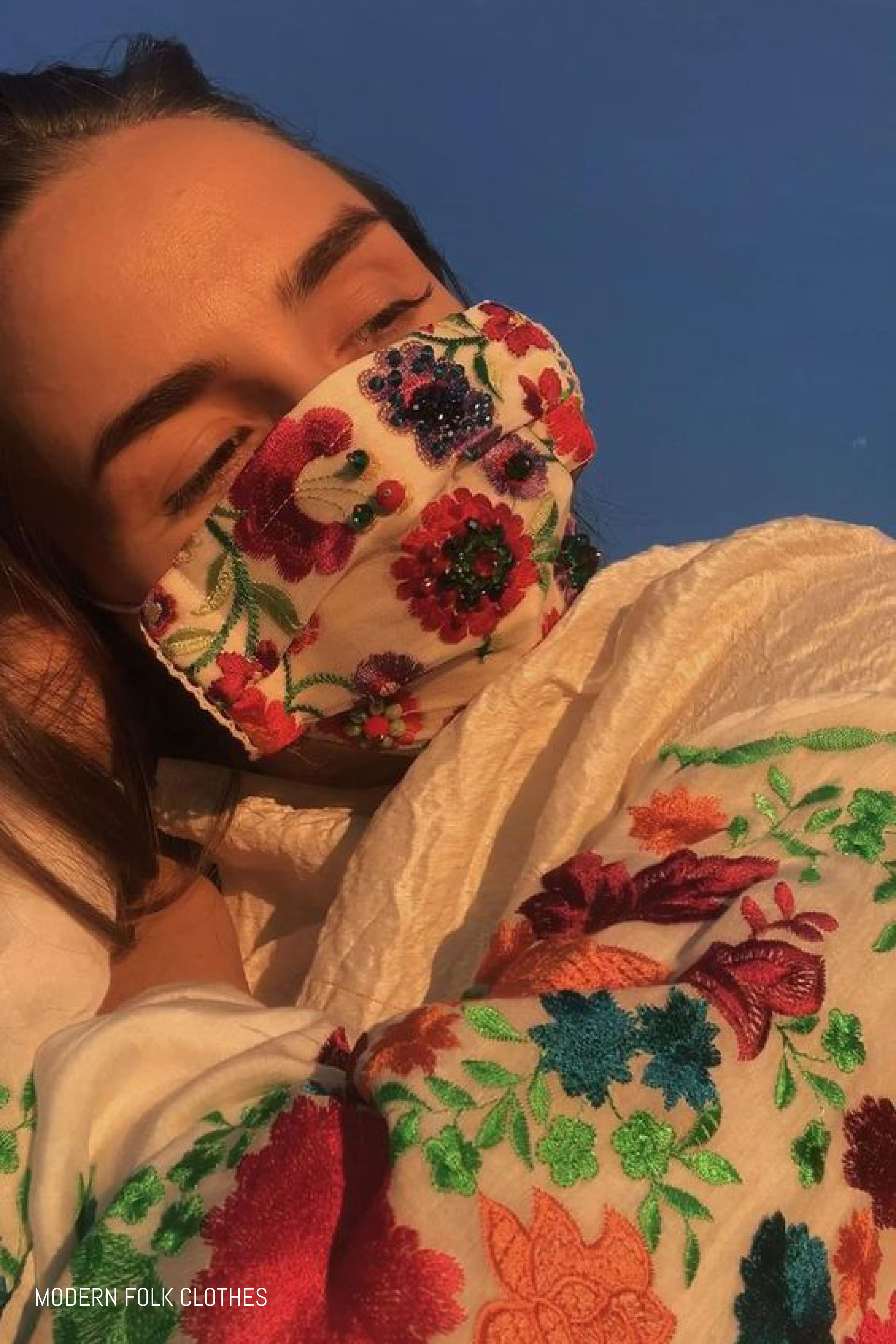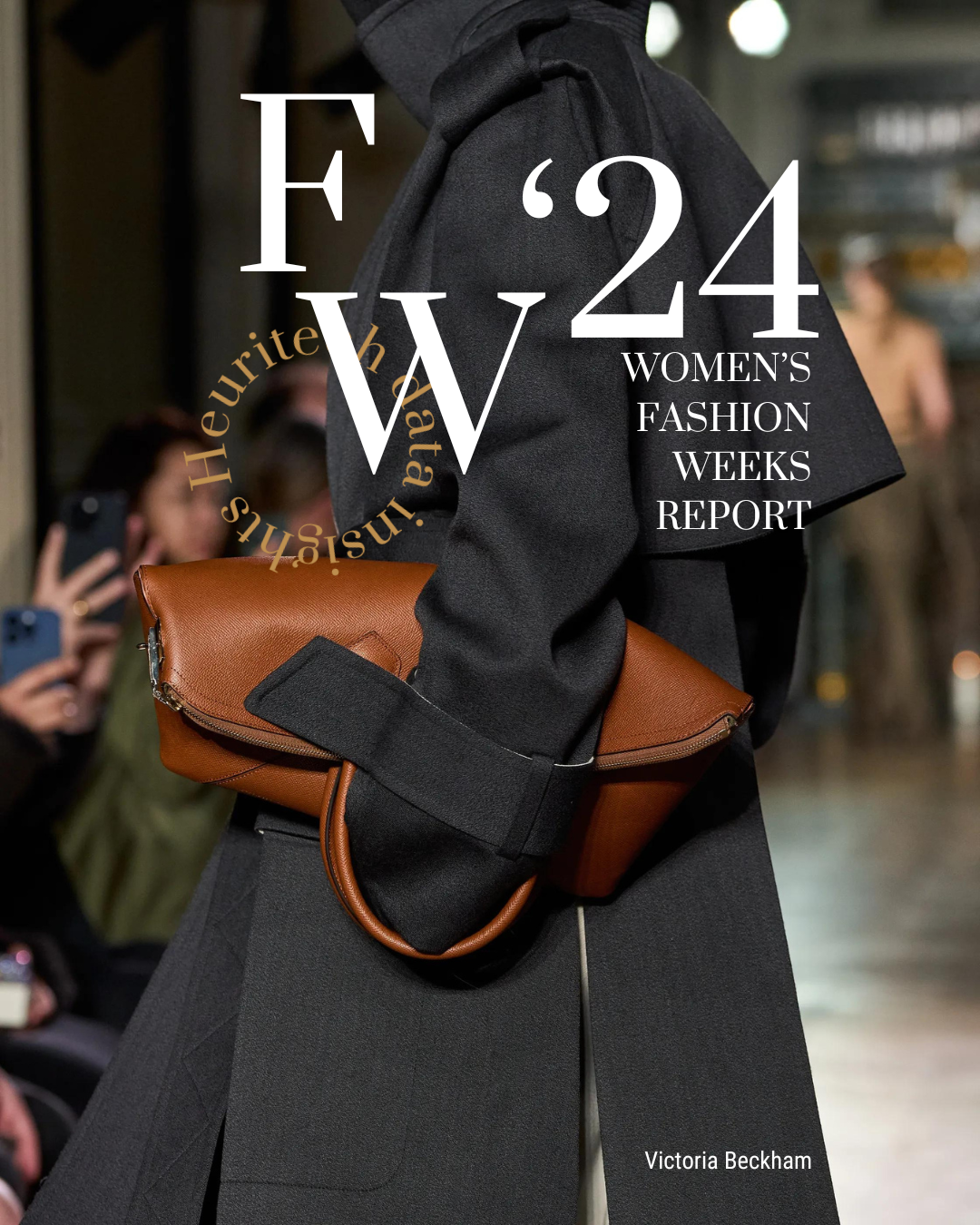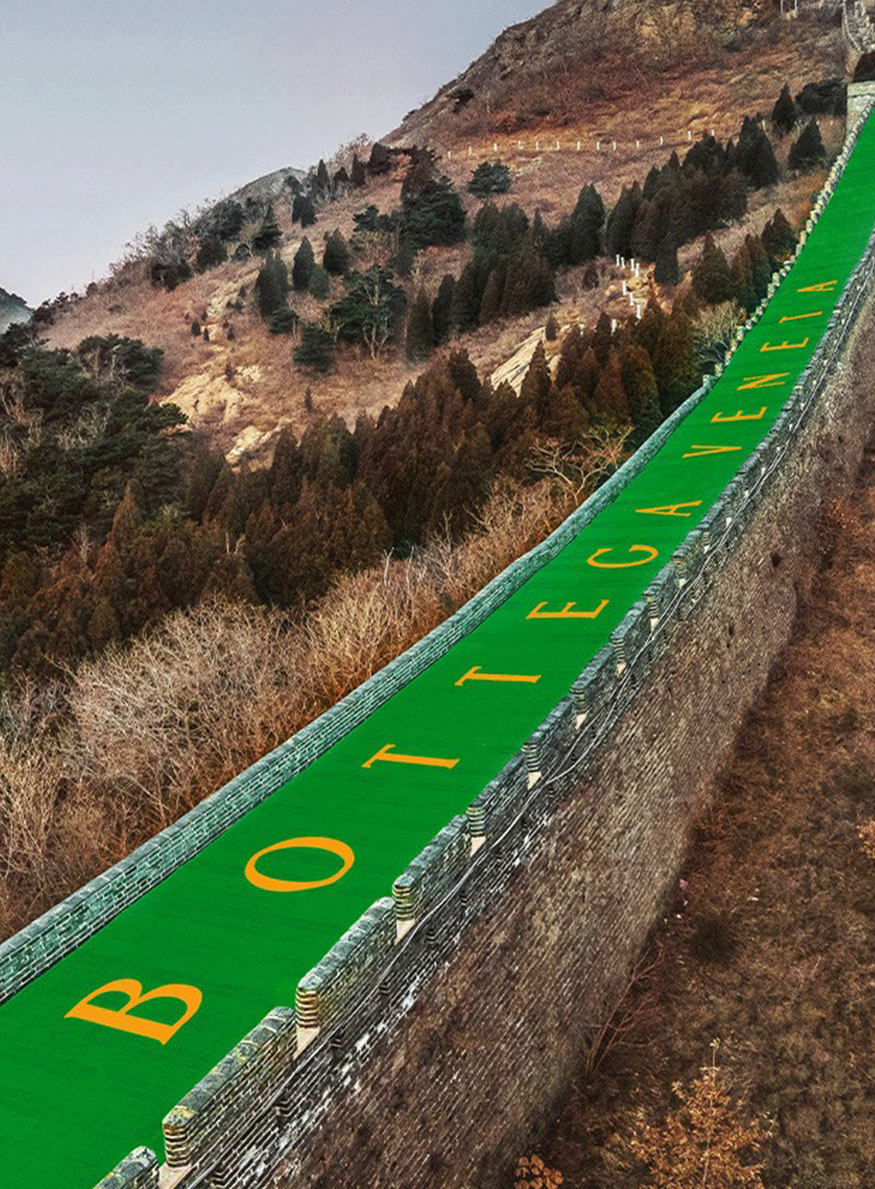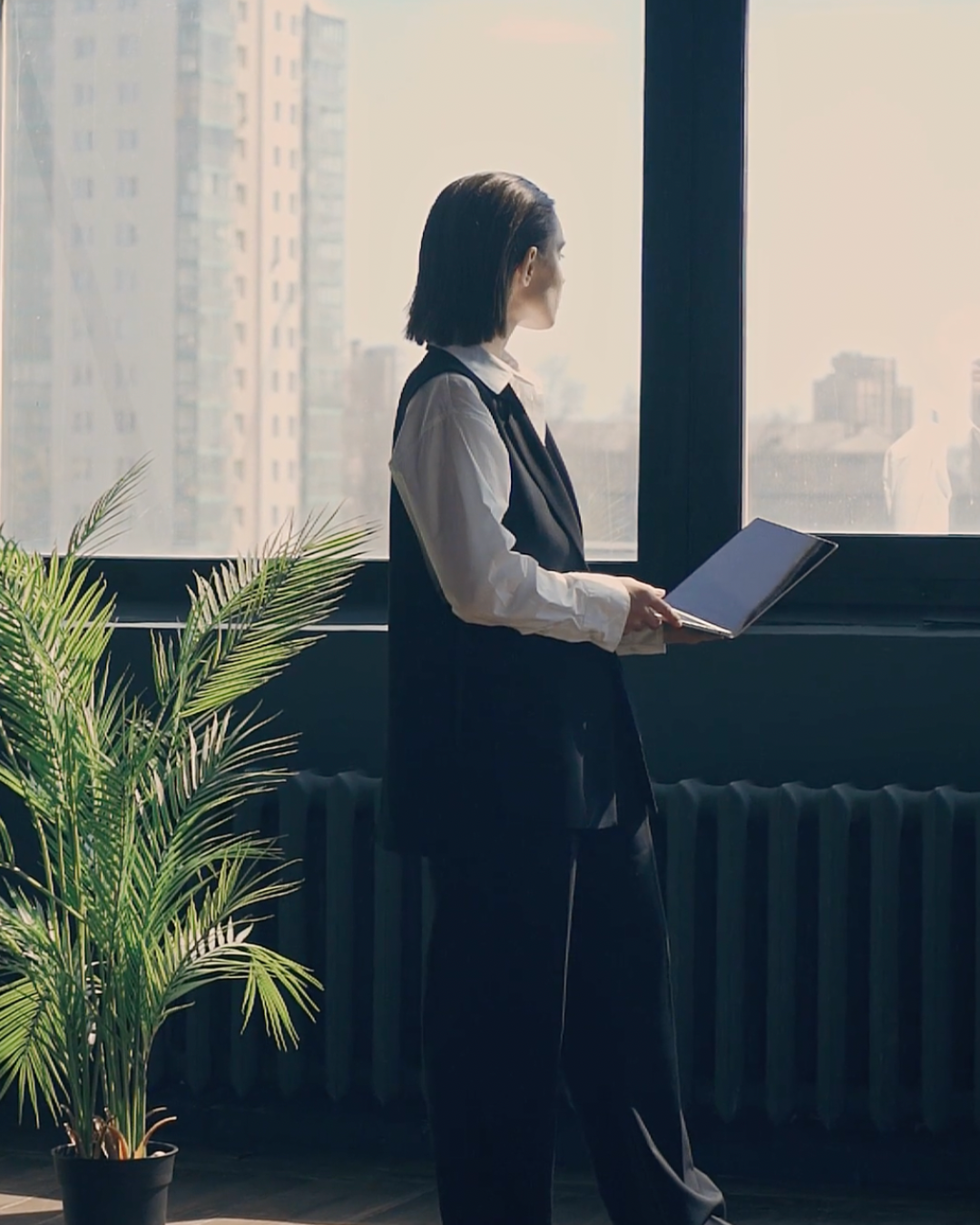First appearing in Wuhan, China in December 2019, Covid-19 has since spread to 147 countries on 6 continents with nearly 400,000 cases as of March 25th. Governments have taken measures including but not limited to restricting travel, performing health inspections on travellers, and enforcing lockdowns. Many sectors have been affected, and new means of coping are being trialled each day the pandemic continues.
But what does this mean for the fashion industry specifically, and what can be done about it?
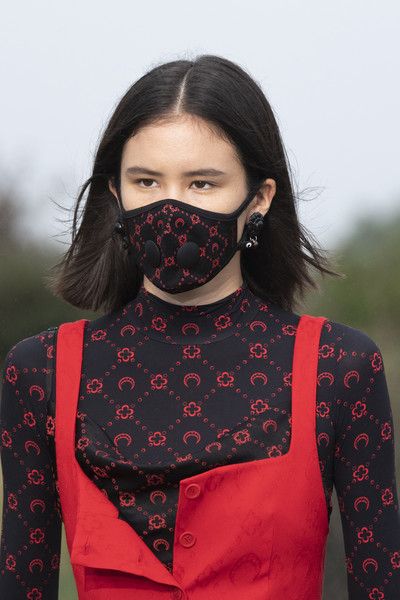
Breaking down Covid’s impact on the fashion industry thus far
Over the last 3 months, the pandemic has already hit fashion, luxury, and retail. This year’s FW20 Fashion Weeks proved to be the turning point of the virus, despite only 2% of Instagram posts mentioning coronavirus at the time. To have a clear understanding of the virus’ trajectory, here is a timeline of the major impacts in fashion at the time of this writing.
- January 21st: Luxury stocks in Asia take their first dive of $15 billion USD amid concerns
- February 5th: Retailers such as Nike begin to close stores in China
- February 10th: Fashion Weeks in Asia begin to be postponed: Shanghai, Seoul, and Tokyo
- March 9th: Italy put on lockdown shortly after Milan Fashion Week, where many events had already been cancelled or carried out in private such as the Armani runway show
- March 16th: H&M begins to close stores across Europe and US, serving as an example for other retailers
- March 17th: France put on a nationwide lockdown, the second largest after China
Today, many countries are currently under lockdown or have closed their borders to non-citizens. Some of these countries are, of course, China and Italy, but also Denmark, Spain, New Zealand, Germany, Qatar, and several more. Governments, businesses, and consumers alike are all in the same boat: waiting for the virus to phase out while taking the correct measures in the meantime.
The good news: Brands move forward in solidarity
China, the first country hit by the virus, is already getting back on its feet. Slowly but surely, provinces are announcing dates for school reopenings, lockdown procedures are being steadily lifted in Wuhan, and less and less cases arise by the day. Major e-commerce platforms like Tmall and Alibaba have softened the blow for the fashion industry after thousands of store closings, and influencers have managed to modify their content to cater to their followers’ new situation. Popular WeChat influencer GQZHIZU, for example, finds the silver lining: “Publishing fewer commercial articles gives influencers a much-needed opportunity to create more and better editorial content.”
In addition, many brands are currently doing their part to aid in battling the pandemic. Nike and Amazon, for example, are among the growing list of companies joining to fund research about the virus. Due to the shortage in masks in most hospitals and clinics, Saint Laurent, Balenciaga, and Gucci are beginning to manufacture masks for health workers. LVMH, along with producing 40 million masks for French health workers, is also producing hand sanitizer in its facilities. Many brands have likewise donated to help hospitals, small businesses, and communities stay afloat during this period: Moncler, for example, donated €10 million toward the construction of a new hospital in Milan.

What’s been postponed so far?
Evidently, solidarity is the word of the moment, as many brands extend a helping hand to the fashion and medical communities. The fashion industry has been affected in a unique way, partly because the pandemic hit hardest during this year’s Fall Winter 2020 Fashion Weeks. Each sector is experiencing the pandemic differently:
- Houses and brands will feel the effects into Summer 2020. For example, Chanel has postponed its Métiers d’Art shows in Beijing and London, and cancelled its cruise 2021 show in Italy scheduled for May 7. It also halted production in its facilities in Italy, France and Switzerland for the next two weeks.
- Many fashion weeks have already been cancelled. Among them are Beijing, Seoul, Tokyo, and Australia Fashion Weeks.
- Conferences and big events are being postponed, and some cancelled altogether. Baselworld, Copenhagen Fashion Summit, and the Hyères Festival are some of the events that have been postponed, and the Association nationale pour le développement des arts de la mode, or ANDAM, has pushed back its application deadline for its 2020 Fashion Awards.
- Sales and stocks are taking a slight dip. For example, Tapestry Inc., which owns Coach, Kate Spade and Stuart Weitzman, said it may lose $200 million to $250 million in sales in the second half of the year, and its earnings may take a hit of up to $124 million.
- Fashion stores have been perhaps the most visibly affected, with brick-and-mortar stores around the world closed down until the end of the virus. Some of these include Neiman Marcus, Chanel, and Nordstrom. E-commerce has taken a slight dive in Europe, as well.
It is evident that Covid-19 will not leave us as we were before. Fashion players, producers and consumers alike, are already looking at themselves in the mirror, reassessing what can change, what should change, and what should remain as it is. But how to answer these big questions? Let us weigh in. The fashion industry is a worldwide community, and during this very particular time, helping thy neighbor is more appreciated than ever.
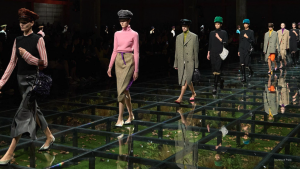
Data-driven decisions to better drive an industry more hectic than ever
With new rumors and changes every second it seems, brands may be feeling dizzy in the midst of it all. Supply chains, marketing strategies, customer behavior, and much more have shifted since the start of the pandemic, so business-as-usual simply won’t do. Now, timing is everything, and social media is the most reactive resource there is. With our help, and with Instagram’s goldmine of consumer insights, it’s possible to move forward with confidence in this time of uncertainty.
Millions are currently in confinement, fashion players not excluded, and that means more time for Instagram: the platform has a peak of traffic at the moment with more and more posts and stories each day. Just this week, analysts from Facebook reported:
“We’ve seen up to 70% more time spent across our apps since the crisis arrived in the country, and Instagram and Facebook Live views doubled in a week.”
Many of us are expressing each day our sentiment around Covid-19 and the confinement as Instagram and other platforms have become the primary means of communication for consumers. At Heuritech, we have been hearing the following questions: What products are people wearing? Which trends are standing out? What brands are thriving? The questions are endless, but so are the answers.
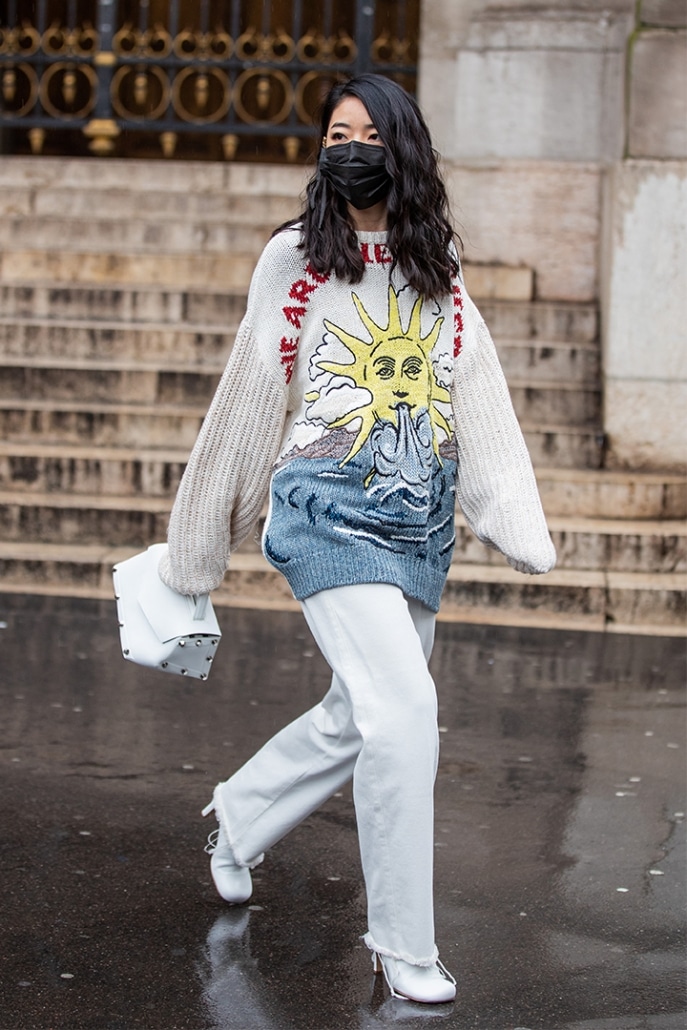
With Heuritech, brands have access to unique consumer insights, in real-time, all around the world.
Heuritech analyzes millions of Instagram images every day to give brands a direct pipeline to what their customers want right now and up to 12 months ahead. This is more relevant than ever, because many brands typically use in-store data to track a fair share of their customers’ purchases, a resource which is currently benched.
On top of this, collections will need to be smaller and more focused largely due to potential supply chain disruptions and lack of demand. But with data-driven insights from Instagram, brands can see what their customers desire in order to both prepare their collections for the future and to push e-commerce sales in the present.
Timing is everything: Marketing during Covid
In the same vein, marketing and communications teams are facing an obstacle: how to stay on top of customers’ shifting desires during a time that’s shifting trends and behaviors. To complicate the matter, marketing cannot be unilateral across different geographies, because the situation is not the same everywhere. Brands have already kicked their marketing back into gear in China, which is coming out of the crisis, but brands oriented toward European and US customers are still in the midst of the pandemic.
Timing is everything: marketing to customers in Asia versus in Italy, for example, should depend on customer needs in those locations. With these insights updated in real-time, brands can put forward the top products and trends to bring customers online rather than in store.
There exists now a viable opportunity to reinvent one’s marketing and communication approaches: more than ever, brands can put traditional marketing aside to act with attentiveness towards their customers’ needs. Stradivarius, for example, live streamed famous Mexican singer and actress, Danna Paola, with the hashtag #musictostayhome, and the #JacquemusChallenge encourages Instagram users to create faces out of household objects.
But this isn’t only a time for traditional fashion consumers: footwear company Allbirds posted on Instagram their commitment to the healthcare community, announcing that the brand would gift its signature Wool Runners to all medical workers fighting the pandemic.
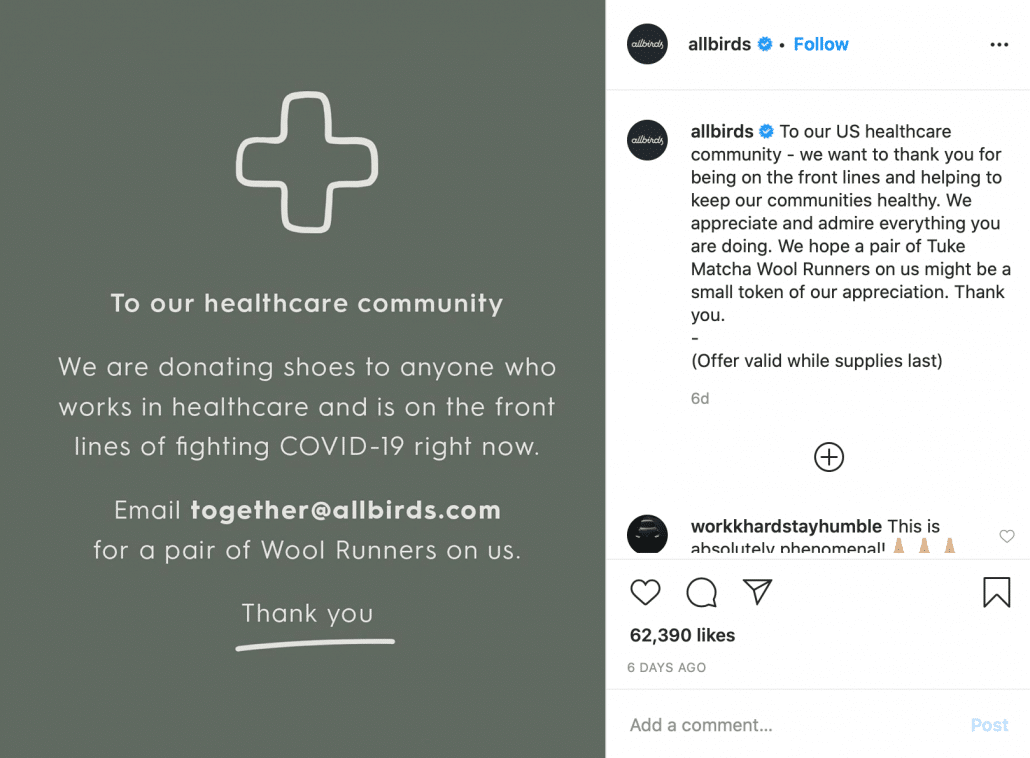
Heuritech’s data-driven insights provide brands with a way to connect with their customer outside of the traditional marketing scope, with a comprehensive understanding of their customer base’s needs, allowing them to tactfully communicate with consumers and continue to push relevance.
Planning ahead
And of course, one can only talk about data and numbers for so long without risk of beating around the bush: brands are, of course, concerned about their profit in the coming quarters. Decreased demand, closed stores, uncertain trend predictions, and shifting consumer behavior in general are raising all sorts of question marks. Heuritech can erase those question marks by giving brands the tools to improve their profitability:
- Optimize investments: Investing on the right products at the right time to avoid missed revenue on best-sellers
- Decrease costly inventory: Accurate demand forecasting can serve to reduce overstock
- Drive e-commerce sales: Using targeted communication on the right products
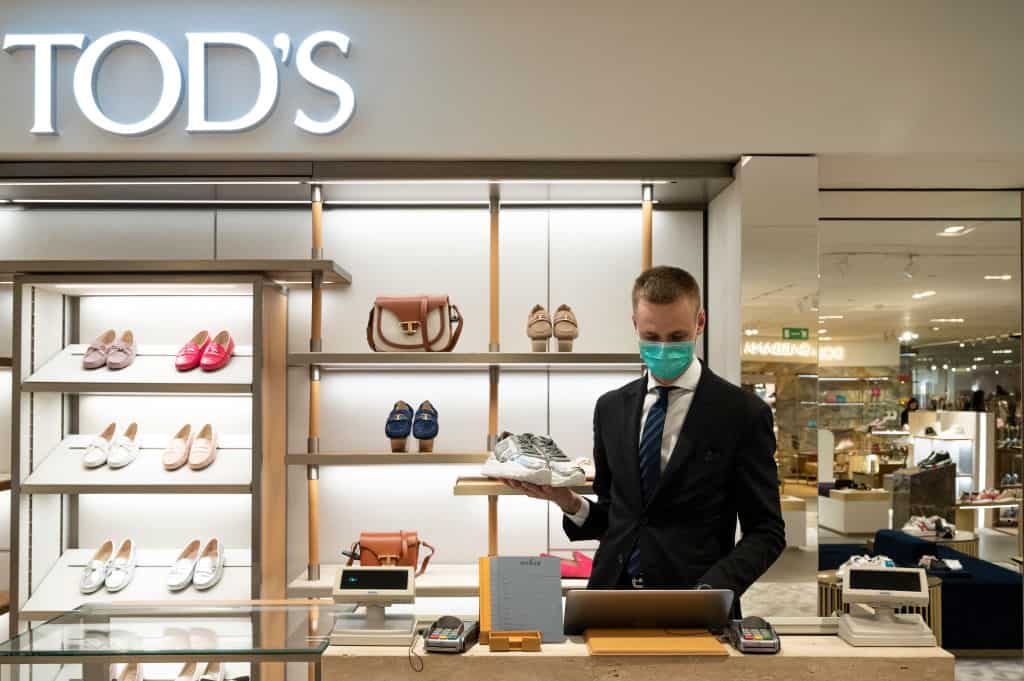
This moment in time is novel, unexpected, and challenging. Heuritech recognizes that there are more important things than clothes right now, but this is bigger than that. The fashion industry is the livelihood of millions around the world, providing jobs, opportunities both professional and personal, and the advancement of culture.
It’s already clear that there will be a Before and After in the fashion industry. Covid-19 is forcing us all to rethink how we consume, how we produce, and how we carry out our daily lives at work and at home. But after a fire, the forest regrows: the air quality in Paris alone has improved by 30% since the start of the lockdown, big and small brands alike are joining forces for health workers around the world to produce masks and medical suits, and many brands are using this opportunity to develop closer relationships with their customers.
Post-Covid may very well prove to be a more sustainable, thoughtful time in fashion. This is the time to get to know one’s customer needs based on what’s trending now, in order to produce only what is desired in the moment to avoid missed targets or overstock. At Heuritech, our unique database of daily customer insights from social media, and our team of highly committed fashion and tech-lovers, allows for us to provide fashion players with accurate trend and demand forecasts, for a more successful tomorrow.
